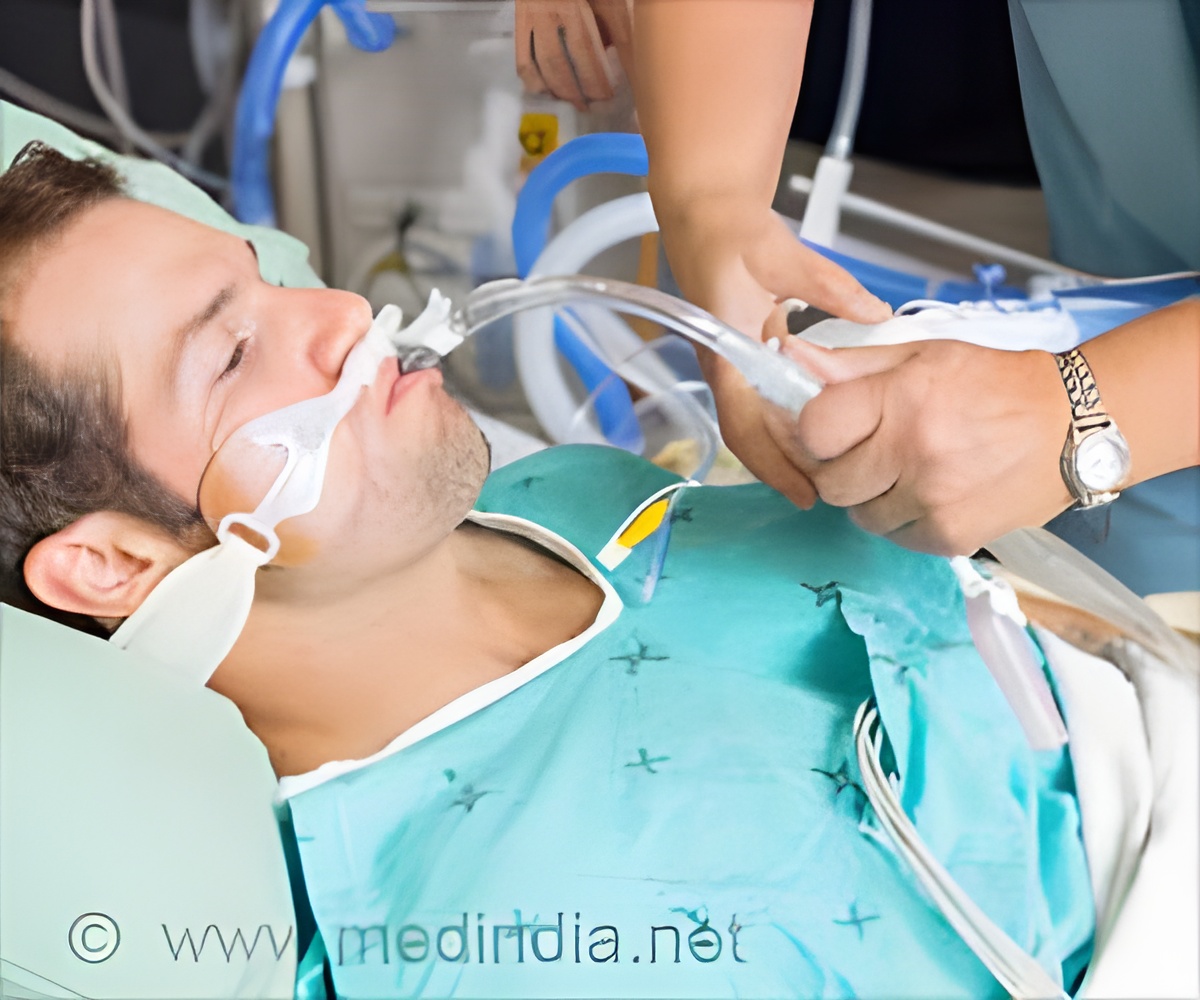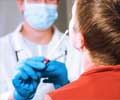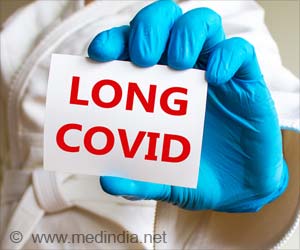A new study demonstrates that facemask ventilation, even when performed with an intentional leak, does not increase the COVID-19 transmission risk.

TOP INSIGHT
Facemask ventilation during routine surgery can be performed confidently for both routine surgery and emergency airway management in COVID-19 patients.
As a result of this AGP designation, current guidance dictates that anesthetists performing facemask ventilation in a patient at risk of having COVID-19 would have to wear a respirator mask, eye protection, and additional personal protective equipment.
This would also apply to nearby theatre staff. In addition, extra time (up to half an hour per case) had to be added to each operation to allow sufficient air changes in the theatre to remove any of the presumed infectious aerosols.
This greatly reduces the number of cases that can be done each day, especially for urgent or emergency surgery, and is contributing to the backlog in the healthcare system.
In this new study, the authors conducted aerosol monitoring in anesthetized patients during standard facemask ventilation, and facemask ventilation with an intentionally generated air leak – to mimic the worst-case scenario where aerosol might spread into the air.
Respiratory aerosol from normal breathing was reliably detected above the very low background particle concentrations with the median aerosol concentration of 191 particles per liter.
When looking at peak particle concentrations the team found that a patient coughing produced a spike of 1260 particles per liter, compared to the peak of 60 per liter (20 times lower) for regular facemask ventilation and 120 per liter with an intentional leak introduced (10 times lower).
The low concentration of aerosol detected during facemask ventilation even with an intentional leak is also reassuring given that this represents a worst-case scenario.
Both normal breathing and a voluntary cough generate many-fold higher quantities of aerosol than facemask ventilation. On this basis, facemask ventilation should not be considered an aerosol-generating procedure.
The emerging evidence from quantitative clinical aerosol studies is yet to be incorporated into clinical guidance for aerosol-generating procedures and this needs urgent reassessment.
This important work will allow clinicians to better understand the risks of general anesthesia in patients with COVID-19.
Source-Medindia
 MEDINDIA
MEDINDIA




 Email
Email










